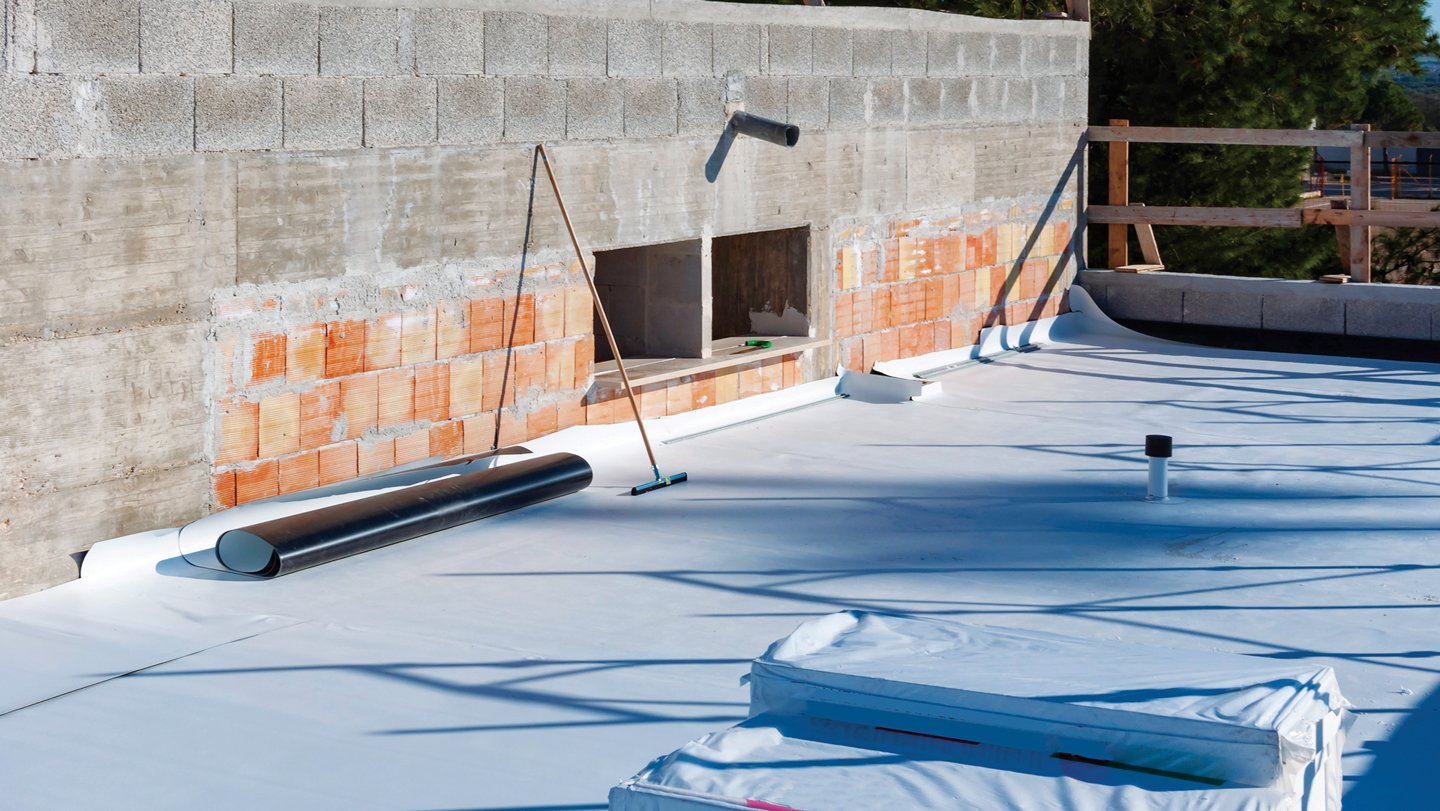Denver International Airport Applies Unique Model to Solicit Development

Rolling request-for-offers model aims for flexibility as the facility grows.
Denver International Airport, which replaced the aging Stapleton International in 1995, served a record-breaking 69.3 million passengers in 2022. To support more than 100 million annual passengers expected within the next 10 years, as well as a metro population that is predicted to reach 3.6 million by 2030, the airport is open to development opportunities that will benefit the local population and the traveling public.
It recently launched a program for “rolling” requests for offers (RFO) to attract developers to the airport, which is the third-busiest in the world and the second-largest by land mass.
“To provide maximum flexibility for commercial developers, investors and users, we issued the rolling RFO with no traditional deadline for submittals,” said Ken Cope, the airport’s senior vice president of real estate. “Specifically, we’re seeking offers for commercial development through one or more long-term ground leases of up to 1,500 acres of the airport’s non-aviation land.”
How the Rolling RFO Process Works
According to Cope, the airport initially came to the marketplace in 2016 with controlled requests for proposals that had strict use constraints and a lengthy evaluation process. The new rolling RFO model allows developers to submit offers to the airport for any lease term and any size parcel at any time.
The process begins with an initial screening of a submitted offer by the airport contract administrator. It is then passed on to the airport’s commercial broker, who evaluates it for market viability. If approved, the offer then moves to the airport’s real estate screening committee, which is composed of three to five standing members who are familiar with real estate near the airport. The committee then either rejects or approves the offer.
If the offer is approved, the airport’s real estate team meets with the prospective developer to discuss the opportunity and the terms of a letter of intent (LOI). Once the LOI is drafted, it goes to the airport’s CEO for approval, which should take approximately two weeks pending the CEO’s availability.
Once all the terms are agreed upon, a contract goes to the Denver City Council for final approval.
A Unique Land-use Situation
By the early 1990s, Stapleton International, Denver’s former airport, was surrounded by residential development, which limited expansion and increased concern among surrounding communities about noise levels. The city and county of Denver decided to close Stapleton and build a new airport to ensure a strong future for aviation in the metro area.
The new airport is located on a 53-square-mile property more than 20 miles northeast of Stapleton that initially was surrounded by rural fields. Construction began in September 1989, and the airport opened in February 1995.
Cope said that if Denver International Airport reaches its full capacity with 12 runways, there will still be 16,000 acres of land surrounding the facility that isn’t needed for immediate aviation purposes. This presents considerable development potential in the vicinity of the airport.
An intergovernmental agreement specifies the amount of developable land (currently 1,500 acres), development areas, and limits on certain land uses on the airport’s non-aviation land. Using those parameters as a guide, the airport created a strategic development plan to prioritize seven districts with land uses conceptualized based on acreage availability, airport proximity and legal parameters.
Strategic Development Districts
The seven development districts will each have a unique character and relationship to their surroundings. The districts are designed to accommodate businesses that will benefit from immediate proximity to the airport.
Peña Station Next offers 34 acres of transit-oriented development for companies, hotels and retail experiences. The district is adjacent to the 61st & Peña commuter rail station.
West Approach consists of 75 acres and aims to serve the traveling public and 35,000 airport employees with a variety of hotels, services, retail and restaurants. More than 100,000 vehicles pass this location each day, and it will feature bike path connections to recreation and airport facilities.
Second Creek Campus is designed for sectors such as agribusiness, renewable energy, light industrial, logistics and technology. The 360-acre area includes quick access to Tower Road, recreation, trails and a planned transit circulator.
72nd & Himalaya is a 250-acre mixed-use development opportunity near the 1,500-room Gaylord Rockies Resort & Convention Center and a future commuter rail station that will provide visibility from Peña Boulevard and E-470. Entertainment, hospitality, office, future light industrial and smart manufacturing are anticipated.
Aero-Industrial is a 650-acre site that has access to the airfield and will be comprised of air cargo, logistics and aeronautic uses. Outside of the district, the surrounding area is becoming an industrial, warehousing and distribution hub for the Denver metro area.
40th & Airport Station provides a 50-acre transit- and hospitality-oriented development, anchored by a commuter rail station. Residential neighborhood growth to the north, hospitality services to the west and industrial development to the east make this a truly mixed-use area.
East Approach is an 80-acre site designated to be a global business hub that will accommodate hotels, conference centers and office space and has direct access to the airport.
Airports offer high visibility, accessibility and connectivity, making them attractive locations for real estate development. Denver International Airport is seeking to capitalize on these factors with what eventually could be the largest commercial land opportunity connected to any airport in the United States.
Mike Cerbo is the real estate development manager with DEN Real Estate.
Want to Learn More?Interested parties can view the rolling RFO opportunity and associated process at www.thedistrictsatden.com, and general inquires can be sent to DEN.RealEstate@FlyDenver.com. |







